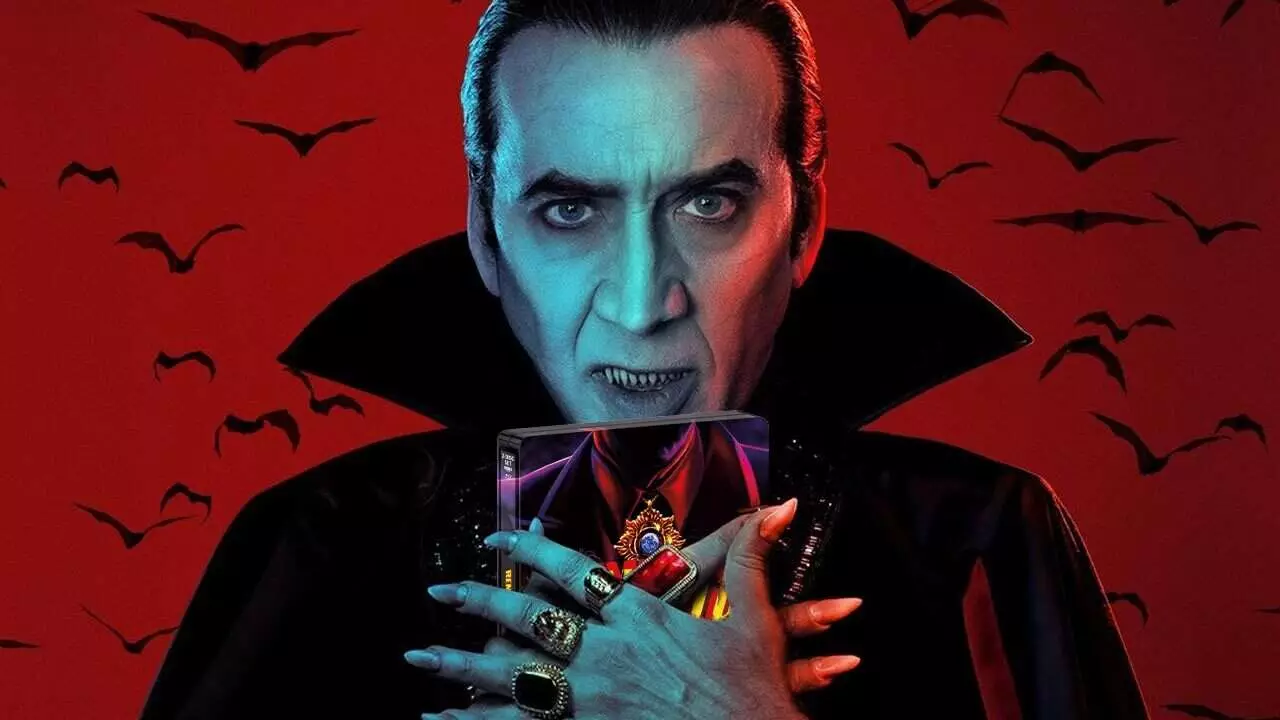In recent cinematic history, the character of Dracula has been portrayed in various ways, often reflecting changing societal attitudes toward horror and the supernatural. The release of “Renfield” in 2023 offered a fresh take on the Dracula legend, shifting the focus from the monster himself to his loyal servant. With Nicolas Cage embodying the infamous count, the film turned what many might have seen as a horror trope into a platform for comedy and self-discovery. This article explores the nuances of the character of Dracula as portrayed in “Renfield” compared to traditional representations and examines the impact of these adaptations on modern audiences.
The Subversion of Expectations in “Renfield”
The 2023 film “Renfield” flips the narrative traditionally centered around Dracula, offering a unique perspective on a character often relegated to mere sidekick status. Renfield, played by Nicholas Hoult, struggles under Dracula’s oppressive influence while yearning for autonomy. This central conflict provides both comedy and depth. The idea of a familiar trying to reclaim his life speaks volumes about personal empowerment and the struggle against toxic relationships, resonating with viewers more than in previous adaptations.
Cage’s portrayal of Dracula as a larger-than-life figure adds to the film’s humor and absurdity. With Cage’s penchant for eccentric performances, audiences are treated to a version of Dracula that simultaneously inspires fear and laughter. This comedic approach sets “Renfield” apart from other adaptations that often lean into gothic horror and drama, thus broadening its appeal and offering a fresh narrative angle.
Physical Media Revivals: The 4K Steelbook and Beyond
The physical media landscape has also seen a revival, and “Renfield” exemplifies this trend with an upcoming 4K steelbook edition set for release in April. Currently available for preorder at Walmart, this special edition speaks to collectors’ desires for high-quality entertainment that not only astounds visually but also taps into their nostalgia. While the specifics of special features remain a tantalizing mystery, the expectation of content, such as behind-the-scenes documentaries and deleted scenes, enhances the value of this edition. It tantalizes fans both old and new, ensuring that “Renfield” holds a significant place in home media collections.
For those who are less particular about packaging but eager to experience the film now, standard editions are readily available for purchase. This accessibility, coupled with the anticipation of collectors, demonstrates the shifting dynamics of how we consume media in an age dominated by streaming options. Many collectors are keen to get their hands on physical artifacts of cinematic experiences, appreciating the distinct allure they bring compared to intangible digital files.
As interest in vampire-centric narratives grows, it is only fitting to consider other contemporary interpretations alongside “Renfield.” The recent remake of “Nosferatu,” which features Nicholas Hoult as well, showcases the simultaneous reverence for classic horror while updating themes for today’s viewer. Directed by Robert Eggers, the remake pays homage to the 1922 original, presenting a rich visual experience that aligns with modern sensibilities—offering a counterbalance to the humor found in “Renfield.”
Beyond these films, the diversity in vampire cinema is exemplified by the cult classic “Dracula: Dead and Loving It,” featuring Leslie Nielsen. This comedic revival highlights how Dracula can be portrayed through various genres. On the more serious note, films like “Blade” and Francis Ford Coppola’s “Dracula” add layers to the analysis of vampire lore, enriching the genre with action-packed sequences or compelling drama.
Dracula has transcended mere horror conventions, evolving into a complex symbol of many human experiences—from the search for identity to the allure of forbidden power. While traditional portrayals of the character often emphasize his sinister nature, films like “Renfield” and the recent “Nosferatu” remake showcase how the legend can be reinterpreted. As the vampire genre flourishes, we are left with a plethora of viewing options, ensuring that the Dracula mythos remains an exciting and transformative narrative device in modern storytelling.
The evolving representations of Dracula, particularly through contemporary films, challenge audiences with rich storytelling that goes beyond the superficial, inviting deeper reflections on themes of autonomy, identity, and the complexities of relationships. The realm of vampire cinema today is as rich and varied as it has ever been, ensuring Dracula’s enduring presence in popular culture.

